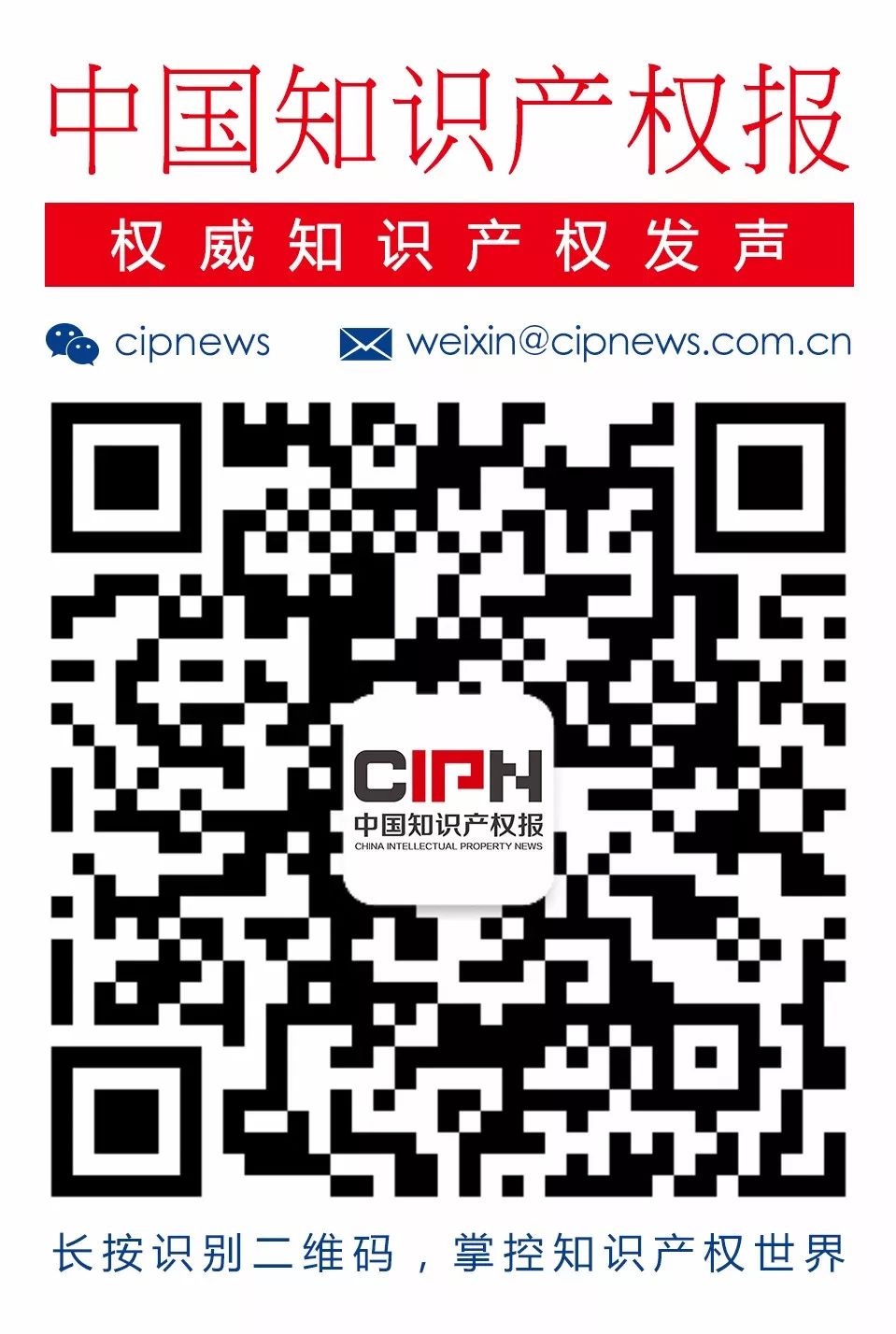
Liquid Crystal Display (LCD) and Organic Light Emitting Diode Display (OLED) are the mainstream display technologies today, with OLED screens widely used in mobile phones, televisions, and other electronic products. In recent years, the industry has proposed the concepts of Mini Light Emitting Diode (mini LED) display and Micro Light Emitting Diode (micro LED) display, which significantly optimize the resolution, power consumption, and lifespan of displays by reducing the size of light-emitting diodes to below a millimeter.
The size of micro LED falls within the micro-nano level, and current display production lines cannot meet its precision requirements. Mini LED is slightly larger, with chip sizes ranging from 50 micrometers to 200 micrometers, making mass production less challenging. The industry generally anticipates a rapid growth in this field. Consequently, domestic display technology manufacturers have begun to intensify their layout of mini LED-related patents, with technical competition brewing beneath the surface. Recently, Sanan Optoelectronics Co., Ltd. (hereinafter referred to as Sanan) and HC SemiTek Corporation (hereinafter referred to as HC) have been involved in a patent infringement dispute, with some analysts suggesting this is a prelude to a patent contest before both parties ramp up efforts in mini LED. This article analyzes the patent situation in the mini LED industry based on the overall trend of global patent applications in the mini LED field, focusing on key areas such as LED bare chip manufacturing technology, mass transfer technology, alignment technology, and packaging technology, in hopes of providing a reference for the industry.
Rapid Growth in Patent Applications
Through patent searches on the Incopat platform, it was found that as of October 2020, there were a total of 1,273 patent applications related to mini LED. The earliest mini LED patent application appeared in 2001, after which the number of applications showed a steady annual increase, but with a relatively gentle growth rate until 2018-2019, when a rapid growth trend began to emerge, with annual applications around 200. This aligns with the industry’s expectations for an imminent explosive growth of mini LED.
From the perspective of applicant countries, China dominates the mini LED patent applications, accounting for about 70% of the total global applications. Research shows that foreign companies’ patent applications are mainly concentrated in the micro LED field. Although the conditions for mass production are not yet mature, this also reflects the forward-looking characteristics of foreign companies’ patent layouts.
In terms of major applicants, the top three companies in mini LED patent applications are Huaxing Optoelectronics Technology Co., Ltd. (hereinafter referred to as Huaxing), BOE Technology Group Co., Ltd. (hereinafter referred to as BOE), and Shenzhen Longli Technology Co., Ltd. (hereinafter referred to as Longli). Among them, most of Huaxing and Longli’s mini LED patent applications focus on backlight modules and display panels, while BOE’s layout is broader, covering not only backlight modules and display panels but also mini LED chips themselves.
Breakthroughs in Key Technologies
Mini LED serves as a transitional technology from conventional LED to micro LED of micro-nano size, characterized by the miniaturization of LED size while retaining the properties of conventional LEDs. Therefore, the patent competition in mini LED cannot avoid the foundational patents of conventional LEDs. The patent involved in the recent dispute between Sanan and HC is a foundational patent for conventional LEDs that Sanan purchased from Sharp. The main technical issues faced by conventional LEDs are also relevant to mini LEDs. Thus, LED bare chip manufacturing technology is also one of the key technologies for mini LEDs. For instance, to improve lattice matching between epitaxial layers and enhance the performance of epitaxial layers, Dongguan Zhongjing Semiconductor Technology Co., Ltd. has set a GaN platform support layer between the epitaxial layer and the epitaxial layer, improving the lattice matching degree of the subsequent epitaxial layer (Announcement No.: CN210576000U); Hefei Rainbow Blue Technology Co., Ltd. maximized the utilization of the light-emitting surface by adopting small platforms and large solder pads (Publication No.: CN111063778A); Fujian Zhaoyuan Optoelectronics Co., Ltd. addressed issues such as mini LED current resistance, insulation layer stress, adhesion issues of the insulation layer, and adhesion between pads and solder paste through the use of special functional layers including P-type contact surfaces, current stabilization layers, P-type current injection layers, buffer insulation layers, stress relief layers, N-type current injection layers, and N-type contact surfaces (Publication No.: CN111081832A).
In addition to LED bare chip manufacturing technology, the key technologies for mini LEDs also include mass transfer, alignment, and packaging technologies when cutting the completed LED bare chip into small pieces (forming mini LEDs) and installing them onto printed circuit boards. Mass transfer technology refers to the process of transferring a large number of small-sized LEDs formed by cutting bare chips onto printed circuit boards. Due to the extremely small size of mini LEDs, using conventional packaging methods to pick up LED chips from the wafer area with a nozzle and transfer them to designated circuits for die bonding takes a long time, and the suction force of the nozzle is difficult to control, which can easily lead to missed or damaged LED chips. In response, Xiamen Duocai Optoelectronic Technology Co., Ltd. proposed a technology that utilizes chip electrodes and mounting substrates with opposite magnetic properties to achieve mass transfer through magnetic self-assembly (Publication No.: CN109065692A); Shenzhen Fengtai Industrial Technology Co., Ltd. introduced a technology that uses adhesive PET films to transfer multiple chips at once (Publication No.: CN109950183A); Huaxing Optoelectronics proposed a technology for precise transfer of mini LEDs using a transfer component coated with adhesive liquid (Publication No.: CN111341710A); Jingneng Optoelectronics Co., Ltd. suggested embedding the convex structures of red, green, and blue light chips’ P electrodes into the grooves of polyester films to facilitate bonding with transparent conductive substrates and conductive substrates, thus achieving mass transfer of chips (Publication No.: CN111063675A).
Alignment technology refers to the technique of aligning and soldering the transferred small-sized LED bare chips with the circuits on the printed circuit board. The size of mini LED chips and the gaps between chips are much smaller than those of conventional LEDs, with the pad diameter of mini LED chips being only 1/10 of that of conventional LED chips, making them prone to failure due to misalignment with the circuit board pads. Solutions typically involve setting alignment markers or avoiding bonding processes. For example, Guangdong Jingtai Electronics Co., Ltd. set pads with solder resist points on the PCB to position the installation location of mini LED chips (Publication No.: CN109257872A); Maoceng Technology Co., Ltd. proposed a wafer-level light-emitting panel module technology that does not require cutting, alignment, or transfer, directly drilling, filling holes, attaching optical films on the light-emitting substrate, and then soldering the driving circuit substrate (Publication No.: CN111200052A); Jingneng Optoelectronics Co., Ltd. suggested arranging the circuit board and LED chips on the surface of a support film, curing with packaging glue, and then connecting the LED chip electrodes and the circuit board with solder paste to reduce the accuracy requirements for alignment (Publication No.: CN109346460A).
Packaging technology involves sealing a large number of mini LEDs soldered onto the printed circuit board to form uniform light-emitting devices. Due to the gaps between mini LED chips and the limited light-emitting angle of each mini LED chip, the brightness in the gap between two mini LED chips may be dim, resulting in an alternating distribution of bright and dark areas on the entire display panel, known as the “starry sky” problem. Common solutions include increasing the light-emitting angle. Xiamen Tianma Microelectronics Co., Ltd. and Huaxing Optoelectronics have conducted considerable research in this area, such as setting raised structures corresponding to each mini LED chip’s fluorescent layer (Publication No.: CN109212831A), corresponding optical lens structures with trapezoidal shapes on the fluorescent layer and concave microstructures on the lens layer (Publication No.: CN109270735A), and setting the refractive index of the fluorescent layer to be less than that of the packaging glue (Publication No.: CN109459886A) to improve the light’s irradiation range. Additionally, Huaxing Optoelectronics proposed filling gaps between mini LEDs with phosphors or quantum dots to form supplementary light areas, thereby overcoming dark lines at the splicing locations (Publication No.: CN110349942A), or ensuring that light is uniformly transmitted through the fluorescent layer by coating the entire fluorescent layer, preventing light transmission from being blocked at the splicing seams (Publication No.: CN110491866A).
Technological Outlook and Recommendations
Currently, mini LED technology is in a rapid development phase, but patent applicants are relatively dispersed, and a stable pattern has not yet formed. Domestic manufacturers can continue to increase R&D investment in key technologies such as mass transfer, alignment, and packaging, strengthen patent layouts, and leverage methods such as cross-licensing to capitalize on strengths and mitigate weaknesses, thereby better entering the emerging mini LED field. Furthermore, they should proactively invest in micro LED technology to avoid missing out on the more promising micro LED market when the mini LED boom ends. (National Intellectual Property Administration Patent Examination Cooperation Henan Center, Guo Xuejun, Shi Minna, Sun Jian)
(This article reflects the author’s personal views only)
(Source: China Intellectual Property Report, Original Title: Analysis of Mini LED Patent Technology)
(Editor: Lyu Keke Editor: Cao Yahui Proofreader: Cui Jingsi, Cai Ying)
(China Intellectual Property Report exclusive article, unauthorized reproduction is prohibited)
